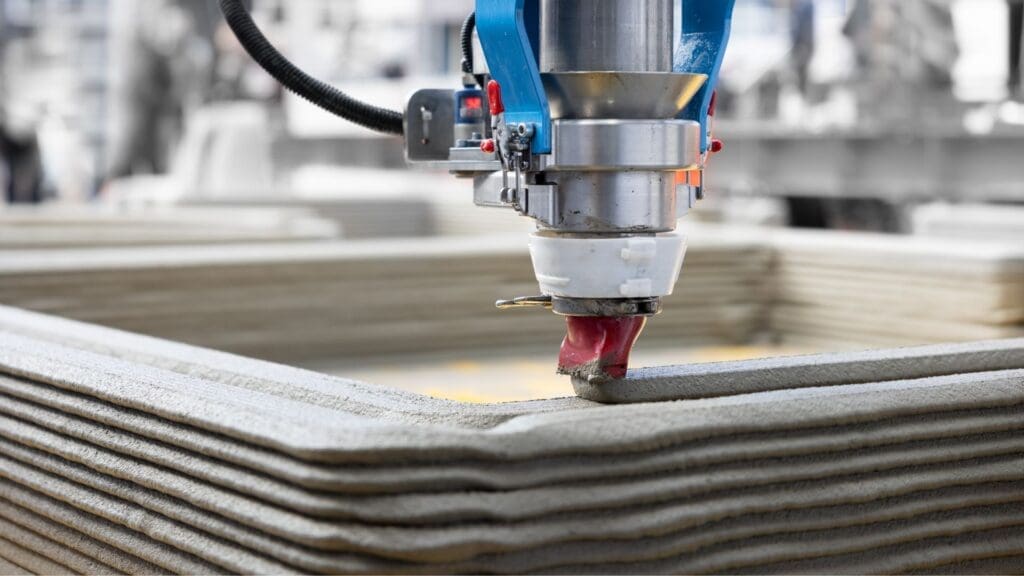The future of the global welding industry looks bright. As demand from sectors like automotive, construction, and heavy engineering continues to rise, the industry’s value is projected to grow from USD 24.73 billion in 2023 to USD 34.18 billion by 2030. Australia is poised to be a key player in this exciting transformation. But what developments are in store for the welding industry?
Increasing Demand for Skilled Welders
“By 2030, we will be 70,000 welders short“, according to Geoff Crittenden, chief executive of Weld Australia. It’s an issue faced by other countries, such as the United States and Japan.
While the worker shortage can mean more employment opportunities for aspiring welders, given the numerous ongoing infrastructure and expansion projects, there is a pressing need to address it now. As a result, the Australian government is encouraging more investment in the welding industry by funding businesses and nurturing the talent pool through various programs.
Promoting Diversity in Trades
Women make up 48% of the country’s workforce. However, less than 1% in the welding and fabrication sector are women. Part of addressing the worker shortage is taking a proactive approach to promoting opportunities for women. In 2022, the Victoria government launched the Building Equality Policy to support women in getting into male-dominated industries. More projects are also being funded to encourage other underrepresented groups to enter trades and STEM training.
Skilled Migration Program
Australia is also looking to address the labour shortage with the Skilled Migration Program, which reopened in October 2023 with new criteria. The government has streamlined the visa process to help experienced and skilled tradespeople from overseas apply for jobs in Australia. This helps fill vacant positions and fosters regional development by introducing global talents.

Innovation Through Technological Advancements
As demand grows, technology advances to cope, and the welding industry is no exception. The launch of Industry 4.0 last year has given a boost by pushing for the integration of digital technologies like AI, Internet of Things (IoT), and robotics. These have dramatically enhanced productivity while supporting Australia’s sustainability efforts by promoting energy-efficient practices. Here are just some examples:
- 3D printing – Allows for the rapid creation of prototypes and complex components, unlocking new design possibilities while minimising waste during the design phase.
- Internet of Things (IoT) – Utilises real-time data reporting to enable predictive maintenance, helping reduce downtime and enhancing operational efficiency during critical issues.
- Robotic and laser welding – Transforms traditional welding practices by enhancing precision and quality, creating new opportunities for businesses to optimise and deliver superior results.

Switching to Renewable Energy
35% of the total electricity generated in Australia last year was from renewable energy sources. It’s only expected to rise in the following years as the country ramps up efforts to transition to greener energy sources as part of the nationwide goal of reaching net-zero carbon emissions by 2050. Multiple legislation and projects have been introduced to boost support.
Capacity Investment Scheme
First introduced in December 2022 and then expanded in November 2023, the Capacity Investment Scheme aims to unlock $40 billion in private investment into the local manufacturing industry to create more jobs and improve local economic participation in the renewable energy transition.
Future Made in Australia Act
One such effort is the Future Made in Australia Act, a major piece of legislation passed in 2021. Under this, the Australian government commits to providing funding and incentives for businesses to invest in manufacturing capabilities and to adopt cleaner technologies. It aims to make the country’s economy more sustainable, increasing the resilience of supply chains and boosting the manufacturing industry’s ability to compete globally.
State Prosperity Project
The South Australian Government also launched the State Prosperity Project early this year to reindustrialise the Upper Spencer Gulf by harnessing its mineral resources, renewable energy, and green manufacturing potential. The project is in partnership with education and training providers like the Technical College in Port Augusta, opening in 2025. This college will adopt a part-time operation model, offering industry training and work opportunities across the region.
Evolve with the Welding Industry
As the welding market evolves and unveils new opportunities for innovation, you need to continue learning and enhancing your skill set. Stay alert to new trends so you can embrace them and secure a stronger competitive edge. You also need to be aware of any potential risks you’ll face in the industry.
Safeguard your journey with East West Insurance Brokers. Our team of insurance experts will guide you through your insurance options, empowering you to make informed decisions to protect your business.
Visit our website today to request a quote so you can confidently forge ahead!
